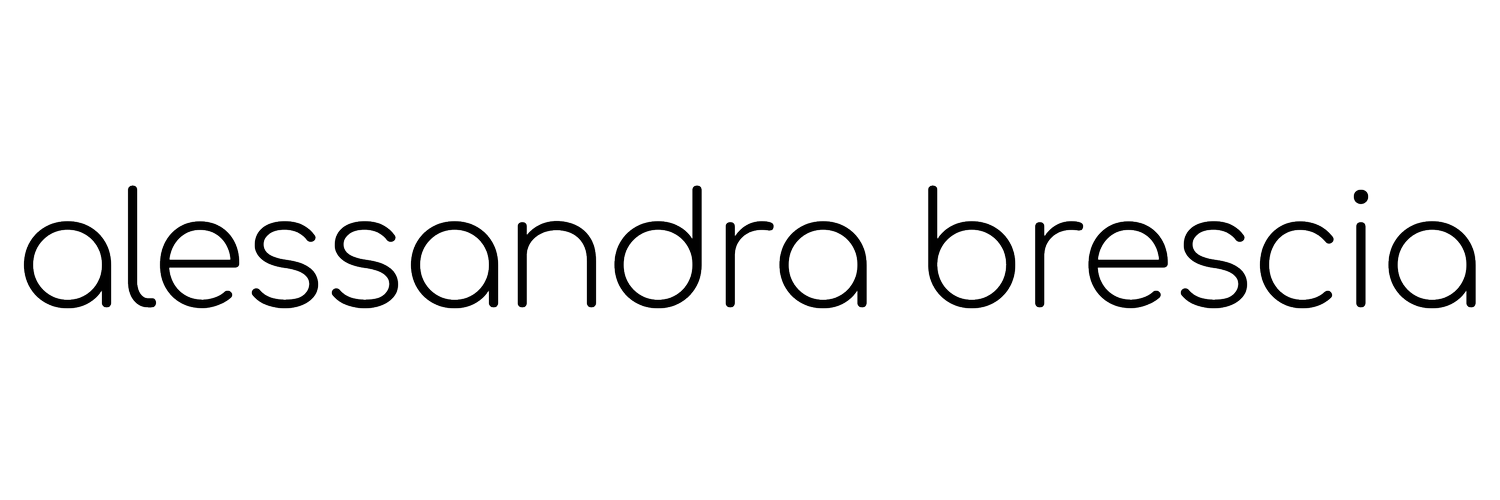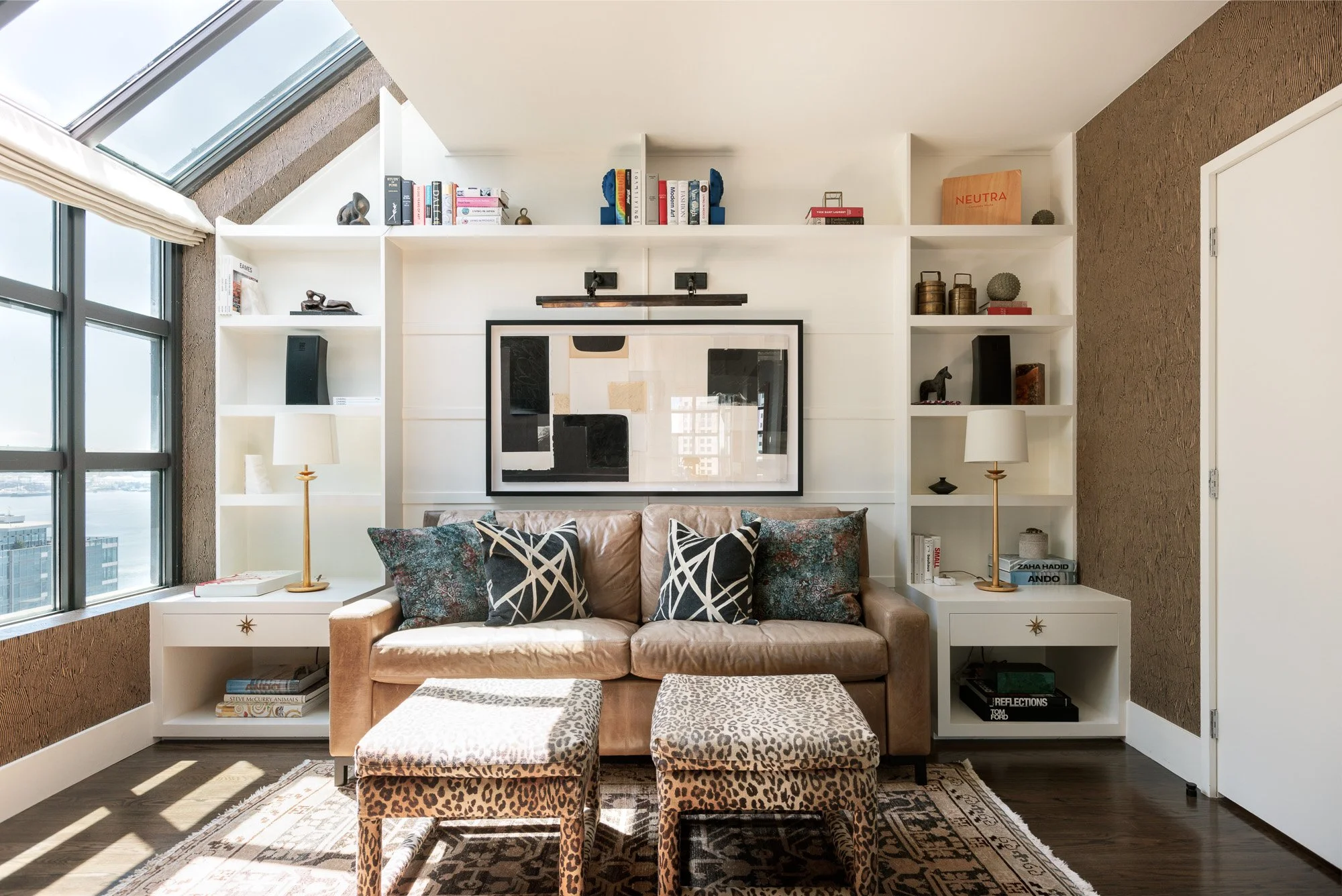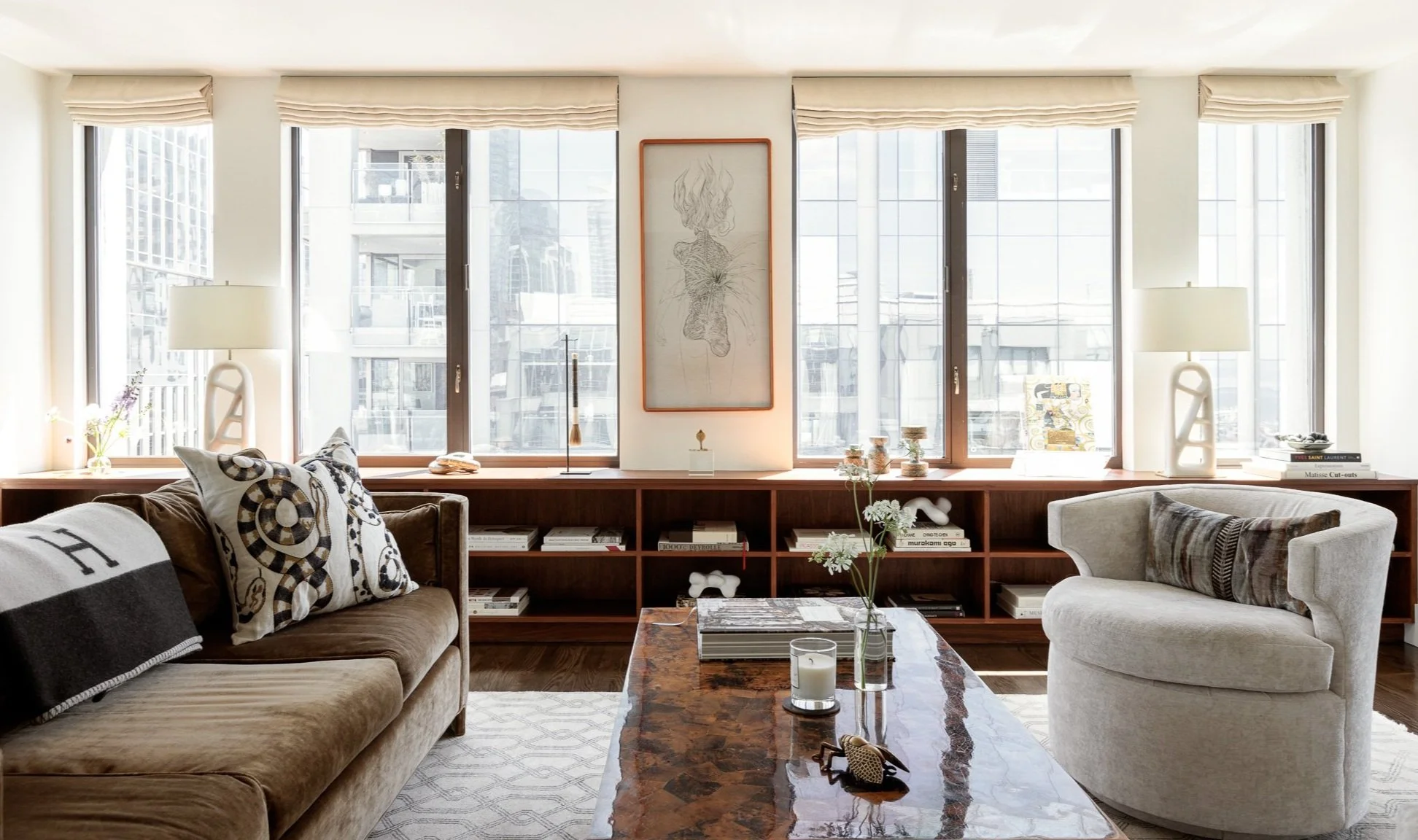How to successfully photograph your portfolio. The art of capturing interior design and architectural spaces.
There are several ways to build your brand, however, in the visual world of interiors and architecture, photography and visual storytelling play a powerful role.
Following on from our recent post on why quality photography matters for Interior Designers and Architects, I would like to expand on some practical advice. Here I have consolidated my five steps and tips on how to photograph your work successfully.
Five steps to successful portfolio Photography for Interior Designers and Architects:
Consider your brand and your audience:
This step focuses on who you are and who you are trying to reach. It is essential to understand this stage to make sure that your images are consistent and appealing to your audience. My previous post dives into the importance of photography for interior designers and architects, and why it is a key brand asset.
Do you know what kind of client you are after? Describe the audience you want to reach, create a persona or personas that cover your audiences, and try to connect with who they are and how they think.
Do you know what kind of projects you want to work on?
After you answer these questions, check your past year of projects and your projects in the pipeline. What percentage of those are the type of clients or projects you are after? Is it low, or high? Are you on track? Ultimately you want to attract the right type of clients for you.
Create a photography brief:
A brief is the result of a guided discussion with your photographer about what you want. This is your reference document and should include creative inspiration, goals, and how the images will support the brand.
Who is the audience you are after?
What do you want to convey? For example a certain style, your approach and process, or your aspirational goals
And how do you want photography to support this?
Hire the right photographer for YOU:
Not everyone can do interior and architectural photography. It is a highly technical type of photography so make sure you interview several candidates and rate them on what is important to you.
Pick someone who cares about you and your brand. You are building a relationship. This is someone who is curious about you and your work and who can help you get closer to your goals.
Define how you may work together, establish a process, and think and discuss expectations and needs so you can be successful in working together.
Prepare for the shoot:
Discuss the brief with your photographer and dive deep into the needs of your brand and the shoot.
Establish time to do a walkthrough and define the spots that will be best to photograph. Consider light orientation and where spaces look the best based on your brief.
Check with your clients on potential dates and availability depending on the size of the project.
Align on styling needs and be ready to have things in place prior to the shoot. Styling is very important, so make sure you bring help that day!
Set clear expectations on timings and collaboration with your photographer: When are the images needed? How many images? Where will they be used?
Work hard and have fun!
Photoshoots are both fun and a lot of work. Be ready to move, sweat, and have patience. Fast shoots do not usually yield the best results.
Stop to hydrate and eat. Creativity works best this way.
Constantly monitor the shots on a large screen. Looks for details and things that overlap. “Less is more”.
© Alessandra Brescia
In today's visually-driven world, compelling photography is essential for interior designers and architects to effectively market their brand and attract their ideal audience. By following these five steps—understanding your brand and target audience, creating a thorough photography brief, hiring the right photographer, meticulously preparing for the shoot, and maintaining a collaborative, hard-working mindset throughout the process—you can ensure that your portfolio imagery accurately reflects your design ethos and resonates with the clients you aim to attract.
Investing time and resources into high-quality visuals is an investment in your firm's future success.
Share your thoughts below or contact me to chat about how this process would work for you.
And always, thank you for reading!
Alessandra








